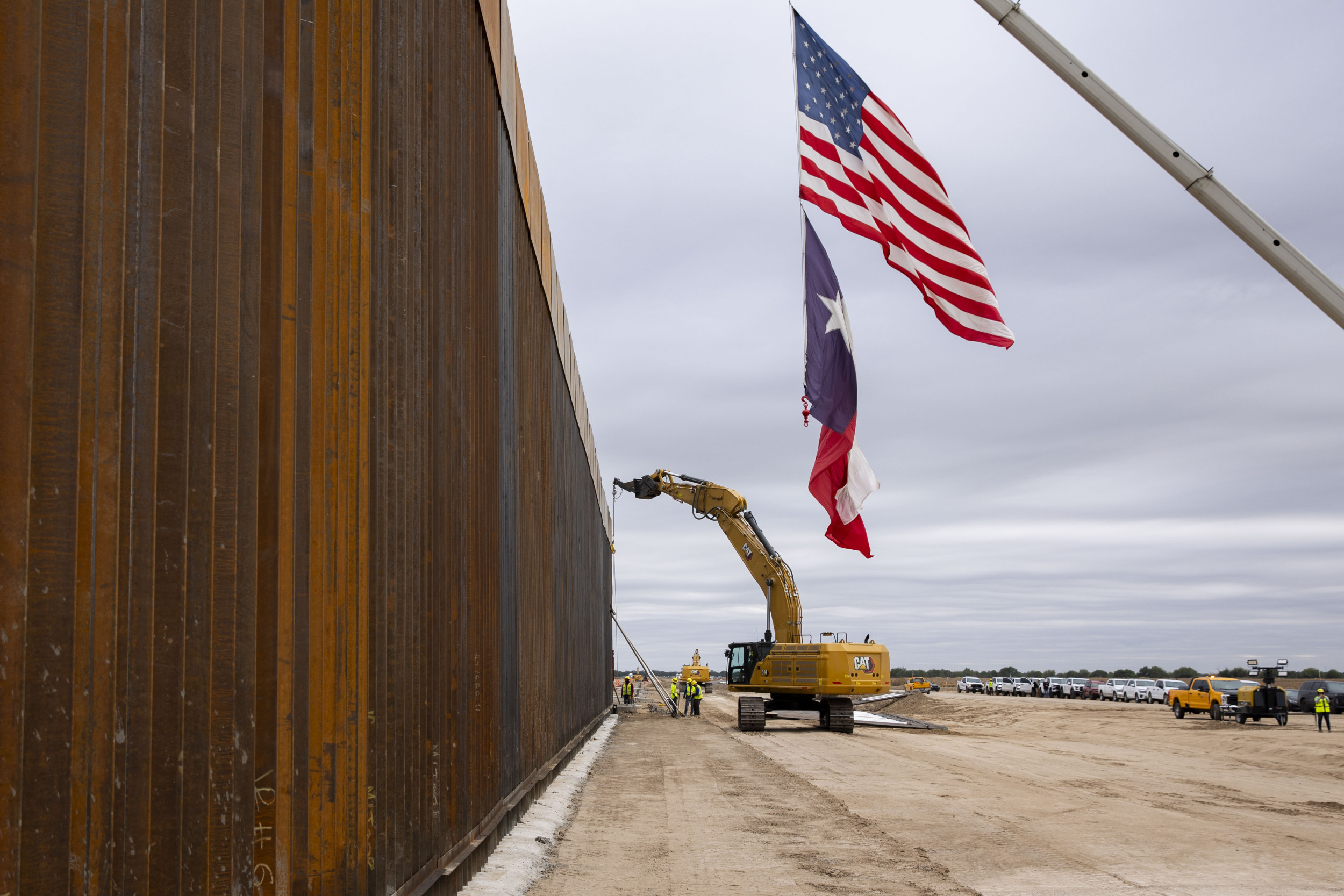Americans have a sweet spot for candy, and it varies greatly by region. A new study from Innerbody.com analyzed Google search data to reveal trends in candy preferences across the U.S., with certain states displaying a strong preference for specific brands like Reese's Peanut Butter Cups, Starburst, and even Candy Corn.
By analyzing trends among some of the country's most popular candy brands, the data provides a window into America's candy culture and habits.

The Most Popular Candies
Blow Pops and Jolly Ranchers led as the most-searched candies in seven states each, followed by Starburst in six states and Kit Kat in five. This insight into regional tastes highlights how different parts of the country favor distinct flavors, even amid an evolving landscape of candy choices.
The Top Five Most Popular Candies:
Blow Pop
Blow Pops are lollipops with a bubble gum center, combining the hard candy crunch of a lollipop with a chewy gum center once the outer layer dissolves. They were introduced in 1969 by The Charms Company and remain a classic candy for those who love both hard candy and gum in one treat.
Starburst
Starburst candies are small, individually wrapped chewy fruit squares known for their vibrant, juicy flavors like strawberry, cherry, and lemon. First introduced in the U.K. in 1960 under the name "Opal Fruits," they were rebranded as Starburst when they arrived in the U.S. in 1967.
Almond Joy
A popular coconut and almond chocolate bar topped with two roasted almonds, all encased in a milk chocolate shell. Created in 1946 by the Peter Paul Candy Manufacturing Company, Almond Joy was designed as the almond-filled counterpart to Mounds, its coconut-only sibling.
Jolly Rancher
Jolly Ranchers are hard candies that pack a strong, long-lasting burst of fruity flavors like green apple, cherry, and blue raspberry. Originally created in 1949 by the Jolly Rancher Company in Colorado, these candies were initially marketed as "fun" sweets for adults and children alike.
Kit Kat
A crisp wafer chocolate bar famous for its "breakable" format, inviting people to "have a break, have a Kit Kat." The first Kit Kat bars were introduced by Rowntree's in the U.K. in 1935 as "Rowntree's Chocolate Crisp," and the brand is now a global icon with unique flavors in markets around the world, from matcha in Japan to mint in the U.S.
What's Your State's Sweet Spot?
Regional Candy Preferences
The results show clear regional favorites.
Blow Pops, for instance, were popular in the South, including states like North Carolina, South Carolina, Louisiana and Georgia. Meanwhile, Jolly Ranchers were most popular in the Midwest and East Coast, leading searches in Colorado, Kansas, Maryland, and Oklahoma.
Chocolate-based candies showed a notable trend in northern states, where Almond Joy gained popularity in Alaska, Rhode Island, Vermont, and New Hampshire.
Kit Kat, another chocolate favorite, performed well in colder Midwestern states like Michigan and North Dakota, but also had a surprising fan base in warmer states like Hawaii and Nevada.
The Most Candy-Loving States
Utah tops the list of candy-loving states, showing the highest combined search value of 1,508 across all candy types. Other high-ranking states include Ohio, Iowa, and Pennsylvania, suggesting that the Midwest and Mountain West regions have a particularly strong inclination for sweet treats. Alaska, by contrast, recorded the lowest interest, with a combined search value of only 616, indicating a more reserved approach to sweets.
With these findings, the country's candy landscape reveals a wide range of tastes, from region-specific chocolate cravings to timeless favorites. As Americans continue to enjoy their favorite treats, this map highlights the country's varied—and sometimes unexpected—sweets preferences, capturing the diversity of America's candy aisle.
Do you have a story we should be covering? Do you have any questions about this story? Contact LiveNews@newsweek.com.




















 English (US) ·
English (US) ·